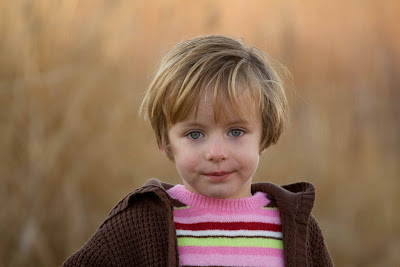.jpg)

Several months ago I wrote a post on reflectors and diffusers and explained how cheaply one can be made. For example, my diffuser cost maybe $2.00 and was constructed from a junk store screen and cheap plastic.
Anyway, I thought I'd post two recent examples. Dads make great "clouds" by the way, and can usually be enlisted to hold the diffuser, at which time I usually start to refer to them as "Cloud," "Mister Cloud," or "Daddy Cloud," as in "Hey, Mr. Cloud: a little to the left."
Both photos here wouldn't have succeeded without a diffuser--and a Mr. Cloud.
).jpg)
.jpg)
.jpg)

